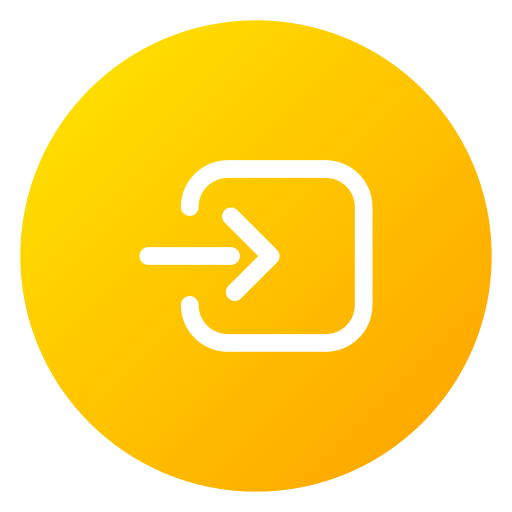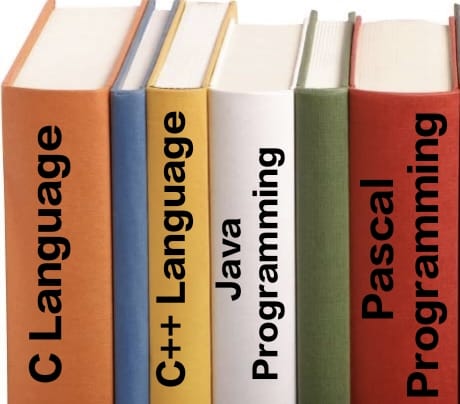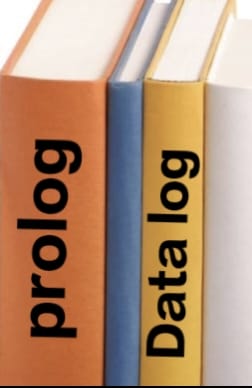 Login
Login


Procedural programming is a programming paradigm, derived from imperative programming,[1] based on the concept of the procedure call. Procedures (a type of routine or subroutine) simply contain a series of computational steps to be carried out. Any given procedure might be called at any point during a program's execution, including by other procedures or itself. The first major procedural programming languages appeared circa 1957–1964, including Fortran, ALGOL, COBOL, PL/I and BASIC.[2] Pascal and C were published circa 1970–1972 𝐑𝐞𝐚𝐝 𝐦𝐨𝐫𝐞..

In computer science, functional programming is a programming paradigm where programs are constructed by applying and composing functions. It is a declarative programming paradigm in which function definitions are trees of expressions that map values to other values, rather than a sequence of imperative statements which update the running state of the program. In functional programming, functions are treated as first-class citizens, meaning that they can be bound to names (including local identifiers), passed as arguments, and returned from other functions, just as any other data type can. This allows programs to be written in a declarative and composable style, where small functions are combined in a modular manner 𝐑𝐞𝐚𝐝 𝐦𝐨𝐫𝐞..

A scripting language or script language is a programming language that is used to manipulate, customize, and automate the facilities of an existing system.[1] Scripting languages are usually interpreted at runtime rather than compiled. A scripting language's primitives are usually elementary tasks or API calls,[clarification needed] and the scripting language allows them to be combined into more programs. Environments that can be automated through scripting include application software, text editors, web pages, operating system shells, embedded systems, and computer games. A scripting language can be viewed as a domain-specific language for a particular environment; in the case of scripting an application, it is also known as an extension language. 𝐑𝐞𝐚𝐝 𝐦𝐨𝐫𝐞..

Object-oriented programming (OOP) is a programming paradigm based on the concept of "objects", which can contain data and code. The data is in the form of fields (often known as attributes or properties), and the code is in the form of procedures (often known as methods). A common feature of objects is that procedures (or methods) are attached to them and can access and modify the object's data fields. 𝐑𝐞𝐚𝐝 𝐦𝐨𝐫𝐞..

ILogic programming is a programming paradigm which is largely based on formal logic. Any program written in a logic programming language is a set of sentences in logical form, expressing facts and rules about some problem domain. Major logic programming language families include Prolog, answer set programming (ASP) and Datalog. In all of these languages, rules are written in the form of clauses:r 𝐑𝐞𝐚𝐝 𝐦𝐨𝐫𝐞..
Copyright@ 2023 library Management System.. All rights reserved